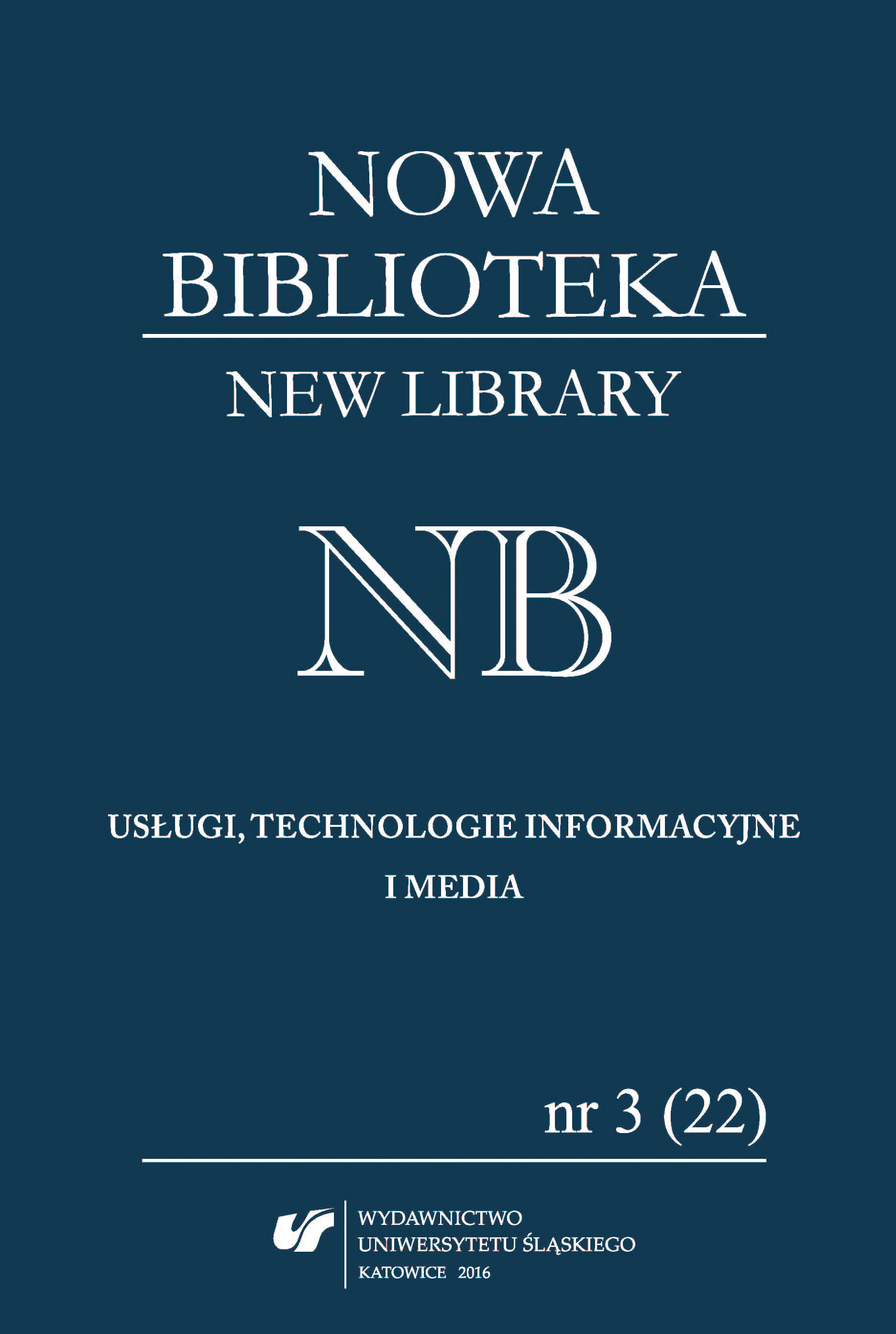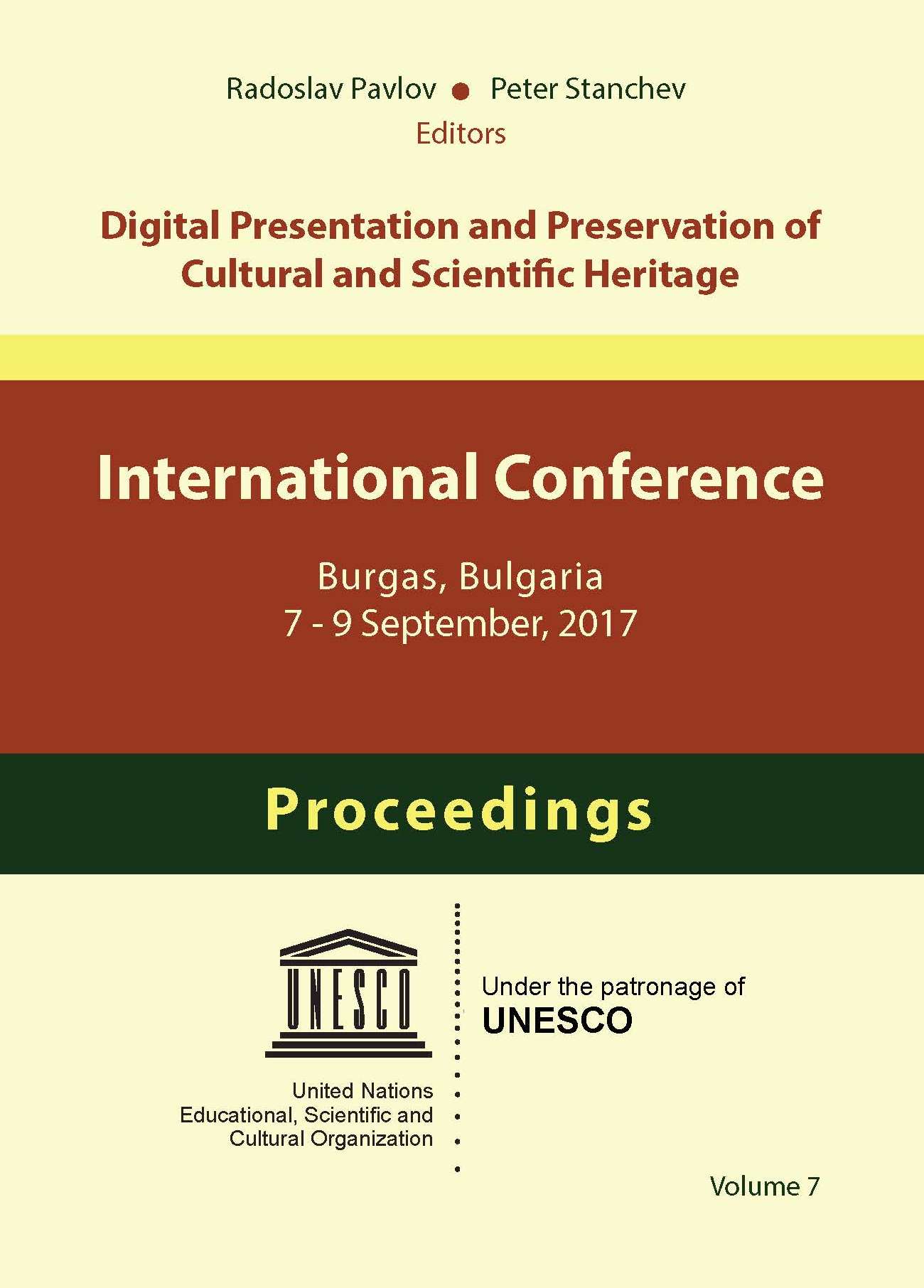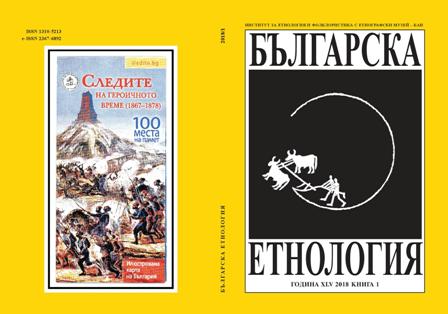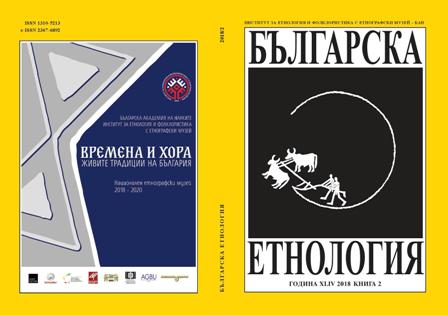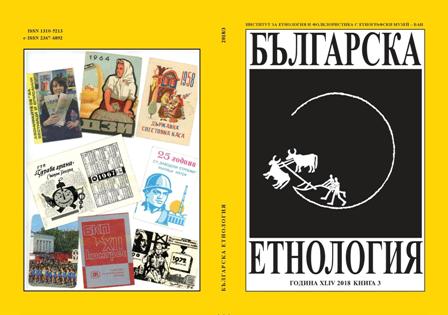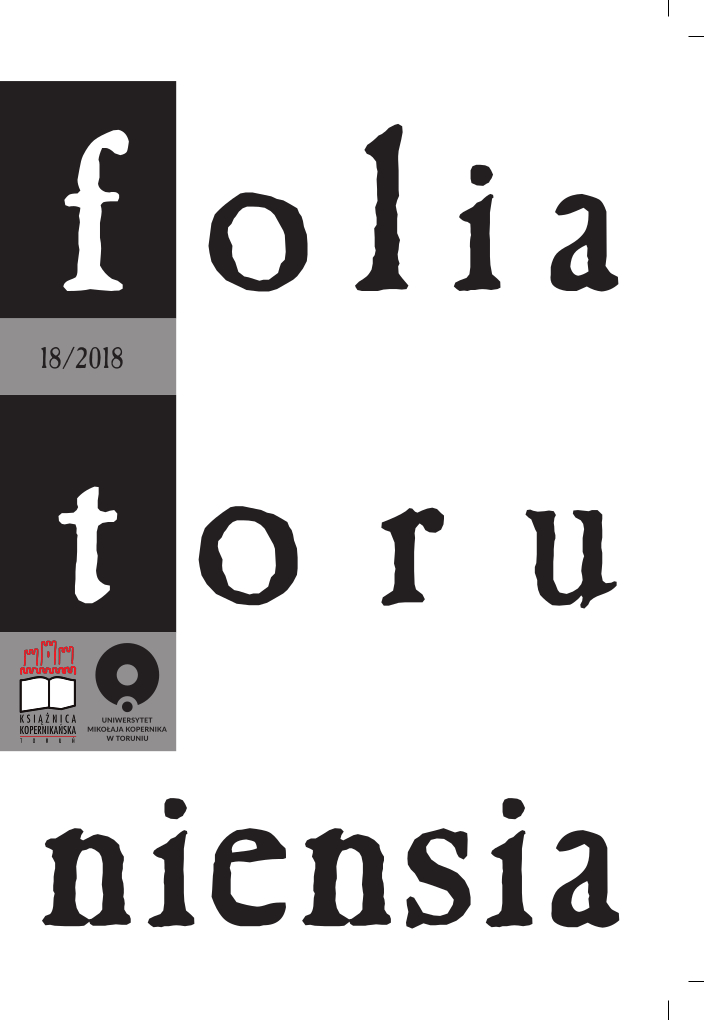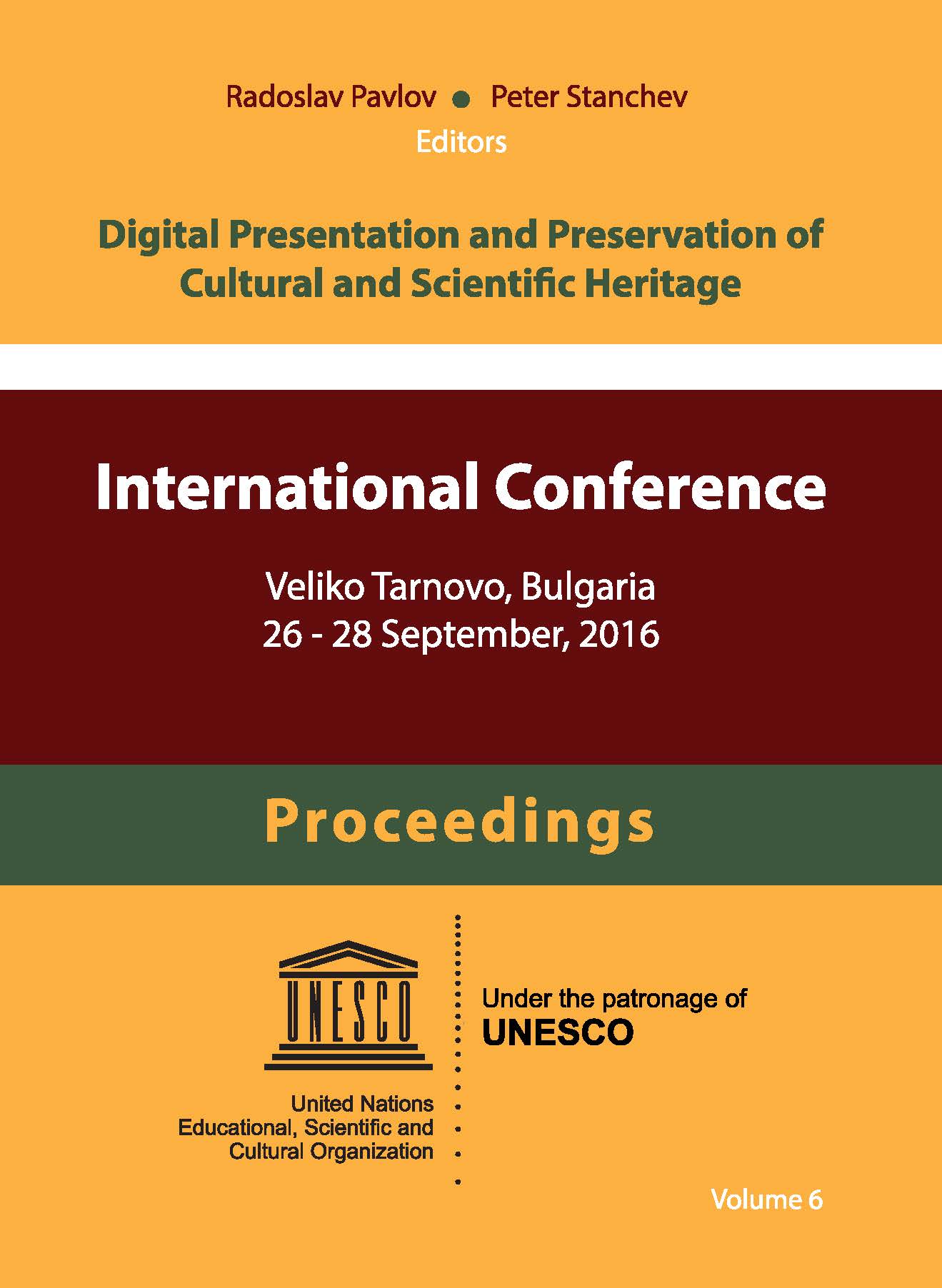
Restoration and Preservation of Cultural Heritage Monuments. Digital Presentation and Practical Solutions
In the light of the recent concerns in the assessment of the new conservation treatments and of the development and application of methodologies, technologies, models and tools for CH damage assessment, this paper will deal with some innovative topics related to the digital models for protecting cultural heritage assets in front of various damages. Application of new technologies and digitalization of Basarabi monument is a preventive measure, helping us to build a virtual reconstructions as model for its potential reconstruction and preserving, to give access for the widest possible audience. It will be discussed the new technologies, as the non-destructive diagnosis technologies for the safe conservation a this historic, cultural and architectural – Basarabi churches. For the micro-climatic measurements, a number of sensors have been well distributed inside and outside and a diagram of humidity an temperature is evaluated. The practical examples of restoration and preservation and innovative solutions for the consolidation of this architectural monument, in relation with digitalization (by on-site and remotely data collection, virtual reality and documentation of the heritage). For a digital image of this monument, both a 3D laser scanner and some common digital photos are used, in order to obtain the 3D model of the church, and of the envelope of the church that should be applied over it to stop the seriously damage processes.
More...
